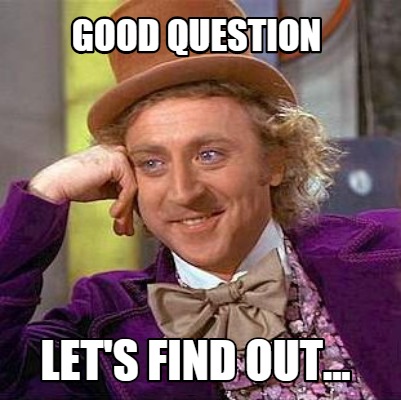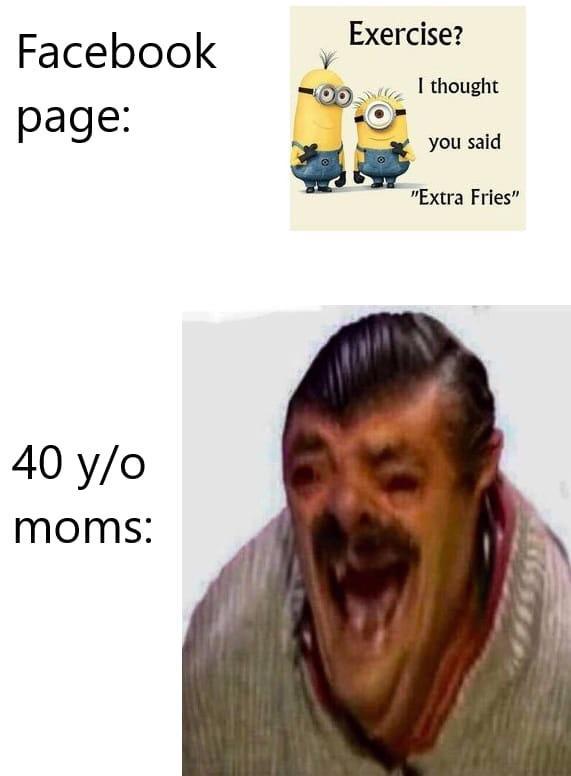Young or old, internet adept or average enjoyer, we have all been confronted with what seems to define internet culture in a nutshell: memes. In fact, even if you don’t especially like or understand them, you’ve probably used a few yourself (or been subjected to them). But what exactly qualifies as a meme? Actually, I’ll do you one better: why are memes even a thing?

Quick background check
First things first, what actually are memes? To answer that question it’s probably interesting to look at how the man who coined the word decided to use it.
Memes (discrete units of knowledge, gossip, jokes and so on) are to culture what genes are to life. Just as biological evolution is driven by the survival of the fittest genes in the gene pool, cultural evolution may be driven by the most successful memes.
Richard Dawkins
This definition was given in 1979 in the book Selfish Gene and before he called it meme, Dawkins referred to the cultural phenomena as Mimeme. Which refers to the ancient Greek μίμημα (mīmēma), μιμεῖσθαι (mimeisthai) and μῖμος (mimos), respectively meaning ‘’imitated thing’’, ‘’to imitate’’ and ‘’mime’’. He then shortened the word to ‘’meme’’ in order to underline the meaning he had attributed to the word: making it phonetically closer to ‘’gene’’.
Dawkins thus sees memes as cultural artefacts that pass notions to people and the generations to come. The Greek etymology also shows us that memes are defined by their repetitive nature. In short: memes are patterned repetitions of cultural concepts.
The old…

With this definition, we can immediately tackle a common misconception regarding memes: they did not arise with the internet. As it so happens, a popular pre-internet meme is one that comes from 79 AD and is referred to as the ‘’Sator square’’. It is a Roman palindrome written in Latin that reads: sator arepo tenet opera rotas.
The meaning of this phrase, however, remains a subject of debate and wonder, despite the efforts of many academics. One of its translations is ‘’The sower, with his plough, holds the wheels with care’’, which sounds a lot like an old and wise proverb (but for all that we know it could be an inside joke to which we aren’t privy).The square has been found carved (or graffitied) in a plethora of locations: Europe, Asia, and North Africa.
The Latin phrase ‘’memento mori’’ meaning ‘’remember that you must die’’ could in this regard also been seen as a meme. It gives off a specific message of the inevitability of death and was shared through generations (in antiquity as much as the middle-ages) and used on multiple occasions. So much so, in fact, that it is still used today.
This raises an interesting question about meme boundaries so to speak. Indeed, if we apply this logic, proverbs could in general be considered memes as well: they are intergenerational, used in a variety of contexts and repeated ad vitam aeternam. Maybe it wouldn’t be that far fetched to consider that memes in themselves are a subgenre or a sister category of proverbs.
… and the new
It is undeniable however, that the internet has popularised memes to a new level. The first proper internet memes arose near the 90s and were shared through emails, Usenet forums and other interactive internet spaces. One of the earliest memes that went viral is the Dancing Baby (or Baby Cha-Cha-Cha), created in 1996 as a way to showcase the capabilities of a then new CGI software made by Kinetic Character Studio.
Today memes are composed of both random photos and (more or less) popular series, comics and other media. The aim remains the same: pass on a sentiment through particular imagery or text, yet the memes of today lean towards a more humorous approach. Gone are the so-called inspirational Carpe Diem, in are the jabs at people or situations. Or as my roommate says: ‘’They have to have a degree of funny’’.
To illustrate, the woman yelling at a cat meme is composed of two images: a still taken from the series The Real Housewives of Beverly Hills and a photo of a dissatisfied cat seemingly eating salad (fun fact: it’s named Smudge) that was uploaded onto Tumblr. The two images were first put together by chey @missingegirl on twitter, making it look like the lady in the first picture screams and points at Smudge.
The meme aims to pit two opinions, people, or concepts against each other. The lady represents the wrong, irrational or too serious side of things while the cat represents the opposite of that.
Of course, the text will change from one iteration of this meme to another, but the sentiment and message behind it will stay the same. The nature of a meme today is to be malleable by anyone: they are here to be appropriated, to send a personal message in a way that everyone can easily understand what you mean.
In some cases, memes such as the one following even have other memes integrated in them, complexifying the message a little bit further still.

This one is also interesting as a proof that memes are generation specific. Just like certain books and social media, memes have a shelf life and are proper to a certain audience. Minion memes, as this meme so obviously reports, are for example typically used by 40 year old moms and ridiculed by a sizable portion of the internet community (or at least the more youthful side). It is of course also a jab at the kind of humour that the minion memes promotes, underlining how unfunny it actually is.
Memes are thus developing as a new means of communication. They rely on humour most of the time and are affiliated to a specific online community wherein they circulate with speed and ease.


I enjoyed reading your post! Many people have pointed out this cartoon from 1921 is the first meme: https://www.bbc.com/news/blogs-trending-43783521
But we call it “the first meme” by today’s standards. I think it’s interesting how you mentioned that proverbs can be seen as memes too! Like it’s a pattern that if something gets repeated enough, it can qualify as a meme